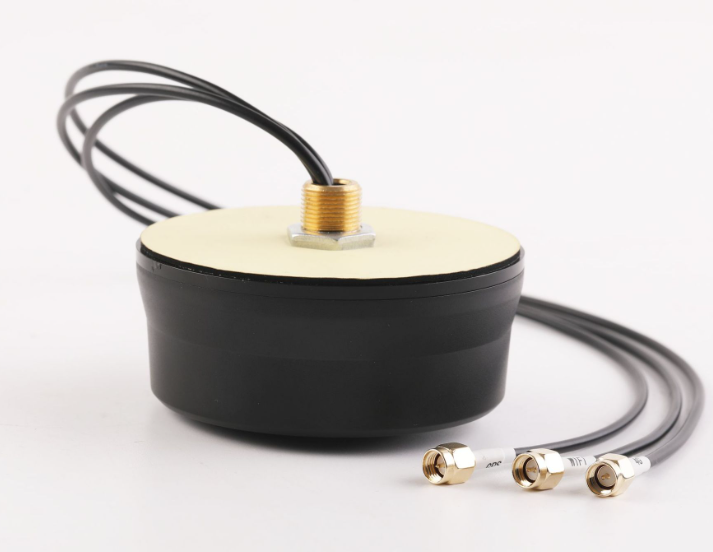Gps Antenna position
With the wide application of Global Positioning system (GPS) technology, the position of GPS antenna in all kinds of equipment has been paid more and more attention. The position of GPS antenna not only affects the receiving quality of the signal, but also directly affects the positioning accuracy and the performance of the system. The reasonable selection and optimization of GPS antenna position is particularly important. This paper will discuss in detail the importance of GPS antenna position and the optimization strategy in practical application.

The importance of GPS Antenna position
1. Signal reception quality
The main function of GPS antenna is to receive GPS satellite signals to achieve positioning, navigation and other functions. The selection of antenna position should ensure that the signal of sufficient strength and quality can be received. In complex environments, such as urban canyons, high-rise areas, etc., GPS signals may be blocked or interfered. Reasonable arrangement of GPS antenna position is helpful to improve the signal reception quality.
2. Positioning accuracy
The position of the GPS antenna directly affects the positioning accuracy. When the GPS antenna is located in a higher and stable position of the equipment, the received satellite signal is more comprehensive and the positioning accuracy is higher. On the contrary, if the antenna position is not good, it may lead to a reduction in the number of received satellite signals, thus affecting the positioning accuracy.
3. System performance
The position of the GPS antenna may also affect the performance of the whole system. In some cases, there may be mutual interference between the GPS antenna and the antennas of other equipment. The reasonable arrangement of the GPS antenna position is helpful to reduce this interference and improve the system performance.
Optimization Strategy of GPS Antenna position
1. Optimization of outdoor GPS antenna position.
(1) height: for the outdoor environment, the GPS antenna should be placed in a higher position in order to receive more and more comprehensive satellite signals and avoid the antenna being obscured by buildings, trees, etc.
(2) directivity: according to the actual needs, choose the appropriate direction to install the GPS antenna to ensure the strength and quality of the received signal.
(3) Environmental impact: when considering the position of the GPS antenna, we should fully consider the influence of the surrounding environment on the signal, and avoid placing the antenna in the area where the reflected and refracted signals are strong, so as to reduce the influence of multipath effect on the positioning accuracy.
(4) Lightning protection measures: in the outdoor environment, lightning protection measures should also be considered to ensure that the GPS antenna can work normally in thunderstorm weather.
2. Optimization of indoor GPS antenna position.
(1) close to the window: in an indoor environment, the GPS antenna should be placed close to the window or glass curtain wall to receive more satellite signals.
(2) avoid interference sources: in indoor layout, GPS antennas should not be placed too close to other electronic equipment and electromagnetic interference sources, so as to reduce mutual interference.
(3) Multi-antenna configuration: in the case of complex indoor environment and poor signal, multi-antenna configuration can be considered to improve the reception quality of the signal.
(4) combined with indoor positioning technology: in indoor environment, it can be combined with other indoor positioning technologies (such as Wi-Fi, Bluetooth, etc.) to improve positioning accuracy and reliability.
Case analysis
Taking a urban public transport navigation system as an example, the positioning accuracy is significantly improved by optimizing the position of the GPS antenna. At first, the system has the problem of inaccurate positioning in the urban canyon area. After adjusting and optimizing the position of the GPS antenna, the antenna is moved to the top of the equipment and close to the window, which effectively improves the signal reception quality and positioning accuracy, and combines other indoor positioning technologies. The performance of the system is further improved.
The selection and optimization of GPS antenna position is of great significance to improve the signal receiving quality, positioning accuracy and system performance. In practical application, different optimization strategies should be adopted according to the difference between outdoor and indoor environment. Through reasonable arrangement of GPS antenna position, combined with other positioning technologies, the performance and application effect of GPS system can be effectively improved.





